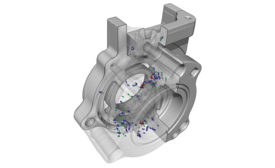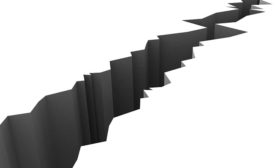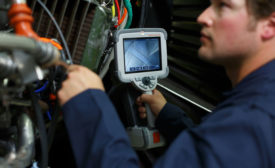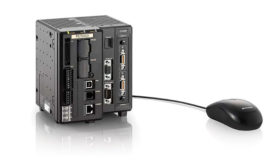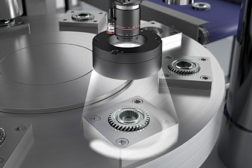Articles by Edward McMenamin
The Growing Skills Gap in Manufacturing
Industry leaders battle an outdated perception of manufacturing work.
September 1, 2015
Remote Visual Inspection: Video Borescopesto NDT Standards
Today's video borescopes can help quickly view parts and flaws.
August 10, 2015
Image Analysis
IMAGE ANALYSIS SOFTWARE HAS BECOME MORE COMPLEX BUT EASIER TO USE
July 8, 2015
Automation
AUTOMATED MACHINE VISION SYSTEMS ARE FASTER, SMARTER AND MORE DETAILED THAN EVER.
March 3, 2015
Stay in the know with Quality’s comprehensive coverage of
the manufacturing and metrology industries.
eNewsletter | Website | eMagazine
JOIN TODAY!Copyright ©2024. All Rights Reserved BNP Media.
Design, CMS, Hosting & Web Development :: ePublishing
